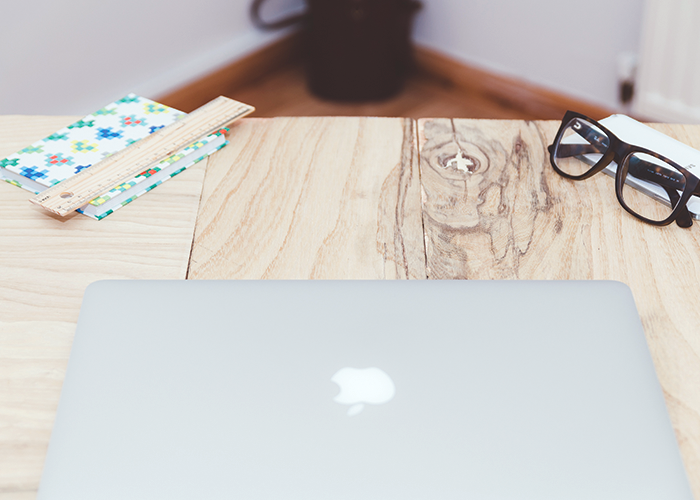8 Specific Ways To Build Up Your Emergency Fund This Year

Do you ever get to feeling that you’ve got your finances totally figured out? Your bills are paid, your shopping is done, and you’re feeling great about your money goals — until you realize you forgot about your savings account? Unfortunately, it’s almost too easy to forget about saving for an emergency fund. Pushing yourself to put money in your savings account every month can be a huge personal finance challenge, especially when you’re paying off debt and are being tempted to spend. But despite all this, saving money is an absolute must. A healthy savings account is crucial for when life throws you a curveball. But it can be difficult to get motivated to save, or find the extra money to put into your emergency fund, especially when you’ve got so many other expenses. Here are just a handful of my favorite ways (some obvious, some not so obvious) to quickly build up your e-fund.
CUT YOUR CABLE
Cable costs are ridiculously expensive these days and, despite massive competition from on-demand streaming, don’t seem to be getting any lower. Cutting your cable and opting for a subscription service is a great way to save money each month. Then take those savings and automatically direct them into your savings account for a $50-$70 monthly savings boost. For those trying to reduce expenses, being realistic about your needs versus your wants can really help you eliminate some potentially unnecessary expenditures.
EXCLUSIVELY SAVE YOUR SIDE HUSTLE MONEY
I have always been a huge fan of having a side hustle, and using side income to increase your savings is a quick and easy way to pump up the balance. I love this method because it feels like you’re making progress quickly, and it gets you in the habit of funneling money directly into your savings account. When you take on a side hustle, it’s very tempting to give yourself extra spending money. Yes, using your side hustle money to buy new furniture, or save for a vacation is also effective, but if you can spend a few months side hustling, and putting the money directly into your emergency fund, you’ll be surprised at how fast it can grow.
IF POSSIBLE, SEPARATE YOUR EMERGENCY FUND FROM THE REST OF YOUR MONEY
I’ve learned the hard way that having all your money in one place can lead to dangerous habits. Your emergency fund should not be a backup to your checking account, and moving money around too frequently can lead to bank fees and low balances. For me, having my e-fund somewhere where I can’t move the money over instantly, in just a few swipes, helps me avoid dipping into it.
DO A NO-SPEND CHALLENGE
I love money challenges. They’re a great way to change your lifestyle for a short time which leads to increased savings and (hopefully) better habits. When trying to aggressively save, doing a no-spend challenge can help you meet your savings goals faster, and it will show you just how resourceful you can be when you’re not letting yourself go to happy hour twice a week.
SET UP AUTOMATIC TRANSFERS
Another no-hassle way to save is by setting up an automatic transfer to your savings account. By automating your transfer, you’re making sure that you don’t pay your savings account last. And as a bonus, automating your savings means you never “see” that money, which subsequently makes it sting a little less. If you want to implement automatic transfers into your monthly payment routine, go through your budget (again, comparing needs versus wants), and figure out what amount you can transfer that will enable you to save without making your budget too tight. Then, for a few months, when you’re trying to beef up your emergency fund, route the transfers there directly.
GIVE YOURSELF A GOAL
You’re more likely to save if you have a goal you’re trying to reach. To find the amount you’d like to have in your account for emergencies, try calculating six months worth of expenses. If you prefer to save incrementally, set small goals leading up to a bigger goal of a six-month emergency fund. Even consider giving your account a cute name — it might make you more heartened every time you check on your progress.
PAY YOUR SAVINGS FIRST
This is for everyone who doesn’t have direct deposit, or deals with a fluctuating income, and can’t necessarily set up automatic transfers. It’s always tempting to say, “well, I’ll just save what I have leftover for the month,” but that doesn’t work when you’re trying to prioritize savings. Part of having a great budget is knowing how much you will be able to spend in a given month, so why not save first? It will help shape your budget, and you’ll remove the temptation to overspend if you’ve already put the money in your account.
DO A BIG PURGE AND SELL WHAT YOU FIND
When I was doing my $8k in 90 days challenge, I did everything I could to hit my debt payoff goals each month, and one month I was able to sell a bunch of stuff for a cool $300 to assist in my efforts. Sure, it took a lot of time to load everything into Paypal, but it was worth it. I still have a bunch of stuff from my big summer purge I’ve been meaning to sell. Take advantage of the time you’re stuck inside (before spring officially comes) to make some extra cash by selling your stuff.
Image via Unsplash




